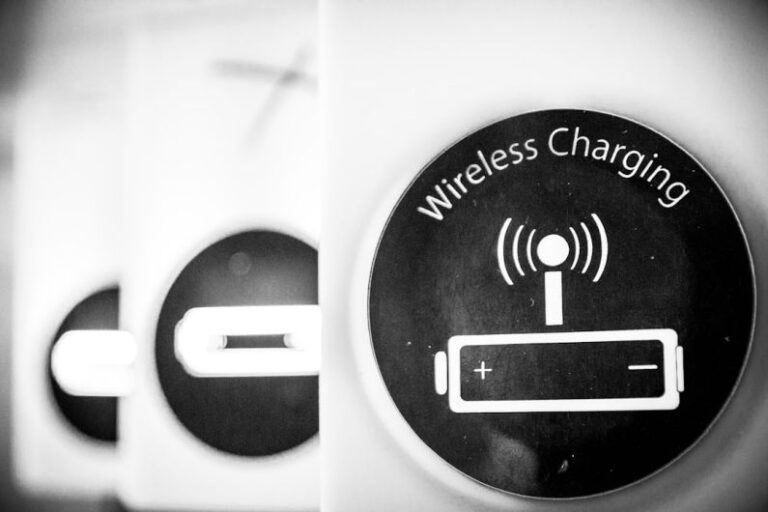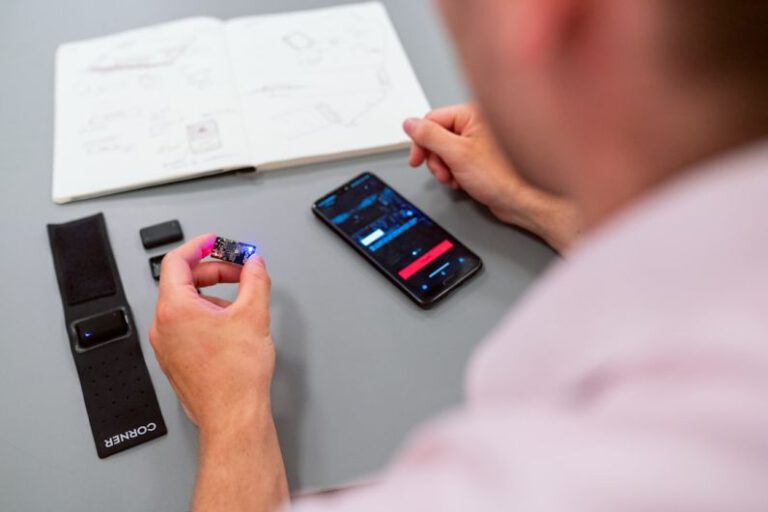Flesh-healing Robots: the Tiny Helpers of Tomorrow
In the rapidly evolving landscape of healthcare technology, the emergence of flesh-healing robots represents a groundbreaking advancement that holds the promise of revolutionizing the way wounds are treated. These tiny helpers, equipped with cutting-edge capabilities, are poised to become indispensable allies in the quest for faster, more efficient healing processes. From assisting in surgical procedures to providing targeted wound care, these innovative robots are poised to shape the future of healthcare in profound ways.
The Rise of Flesh-healing Robots
The field of robotics has made significant strides in recent years, with researchers and engineers harnessing the power of artificial intelligence and advanced materials to develop robots that can mimic human actions with precision. In the realm of healthcare, this progress has paved the way for the creation of flesh-healing robots, which are designed to interact with human tissue in a way that accelerates the healing process.
These robots are equipped with a range of sophisticated features that enable them to perform tasks such as suturing wounds, delivering medications directly to affected areas, and even monitoring the progress of healing in real-time. By leveraging the latest advancements in robotics and materials science, these tiny helpers are poised to revolutionize the field of wound care and offer new hope to patients in need of healing.
Enhancing Surgical Procedures
One of the key areas where flesh-healing robots are making a significant impact is in the realm of surgical procedures. By working in tandem with human surgeons, these robots can assist with delicate tasks that require a high level of precision and dexterity. For example, during minimally invasive surgeries, flesh-healing robots can navigate tight spaces within the body with ease, allowing for more precise incisions and reduced risk of complications.
Moreover, these robots can also help to streamline the surgical process by automating certain steps, such as suturing incisions or removing damaged tissue. By taking on these routine tasks, flesh-healing robots free up human surgeons to focus on more complex aspects of the procedure, ultimately leading to faster recovery times and improved outcomes for patients.
Targeted Wound Care
In addition to their role in surgical procedures, flesh-healing robots are also proving to be invaluable in the realm of wound care. By delivering medications directly to affected areas and providing targeted therapy, these robots can accelerate the healing process and reduce the risk of infection. For example, in the case of chronic wounds that are slow to heal, flesh-healing robots can apply specialized dressings or administer growth factors that promote tissue regeneration.
Furthermore, these robots can continuously monitor the progress of healing, providing real-time feedback to healthcare providers and enabling them to make adjustments to the treatment plan as needed. This level of precision and monitoring is crucial in ensuring optimal outcomes for patients and minimizing the risk of complications.
The Future of Healthcare
As flesh-healing robots continue to evolve and become more widely adopted in healthcare settings, the future of wound care looks brighter than ever. With their ability to perform intricate tasks with precision and efficiency, these tiny helpers are poised to revolutionize the way wounds are treated, offering new hope to patients who may have previously faced long and challenging recovery processes.
In the coming years, we can expect to see flesh-healing robots playing an increasingly prominent role in a wide range of medical settings, from hospitals and clinics to ambulatory care centers and even patients’ homes. As researchers continue to push the boundaries of robotics and artificial intelligence, the possibilities for these tiny helpers are truly limitless.
In conclusion, the advent of flesh-healing robots represents a significant milestone in the field of healthcare technology. By harnessing the power of robotics and artificial intelligence, these tiny helpers are poised to transform the way wounds are treated, offering new possibilities for faster, more efficient healing processes. As we look to the future, the potential of flesh-healing robots to revolutionize healthcare is truly exciting, promising a new era of innovation and hope for patients around the world.






